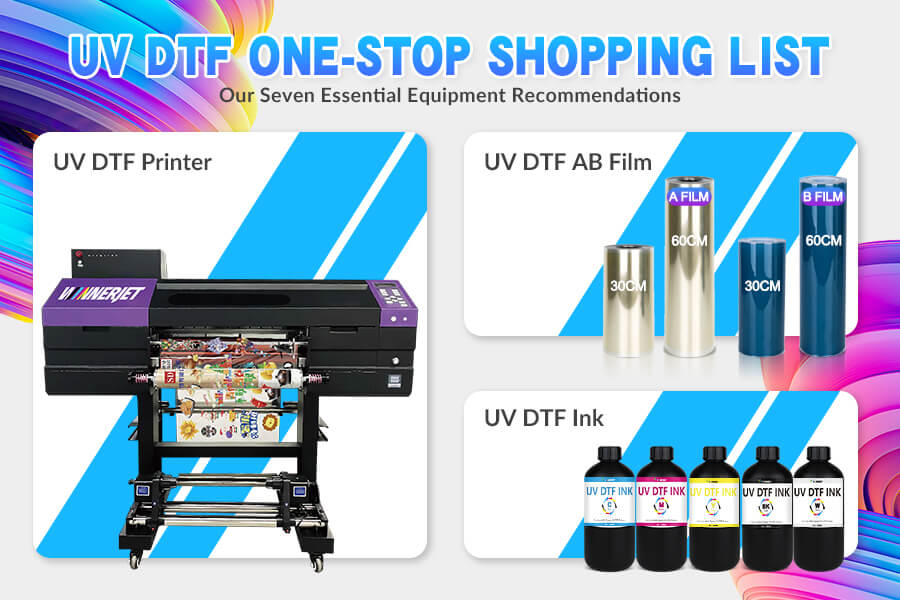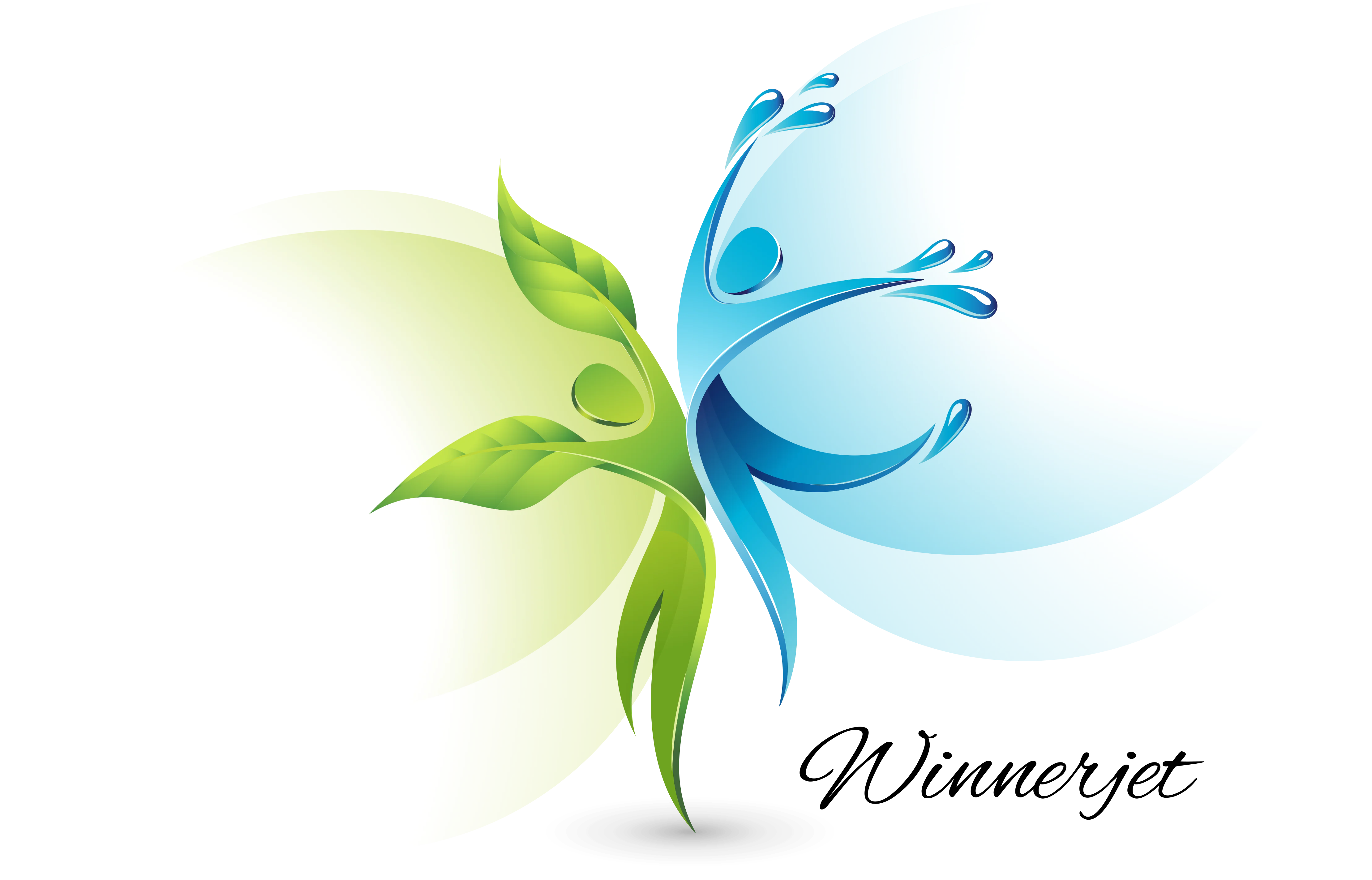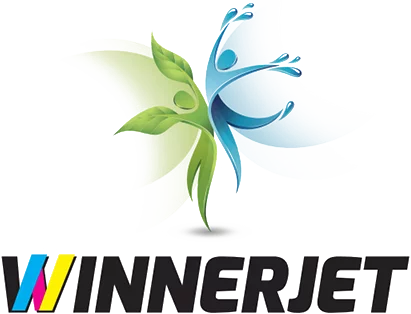UV DTF Transfers is essential in the personalized catering ware industry as a new innovative technology. For vibrant mugs and glasses, whether you are a DIY enthusiast or a customization business, you can choose UV DTF Printing to go for it.
In this guide, we’ll delve into the definition of UV DTF printing, its benefits, and its application in changing the printing market. Follow us on our journey!
What is UV DTF transfers?
UV dtf transfer is a printing method in which UV ink is cured under ultraviolet light to form a print, and then the print is adhered to the substrate by pressing.
Benefits of UV DTF Transfers
- High-Quality Printing: UV DTF transfers have vibrant colors, vivid and rich details, high design reproduction, and strong three-dimensionality.
- Durability: UV DTF transfers are highly durable. UV DTF ink is UV-resistant, water-resistant, and fade-resistant, ensuring that the print pattern is resistant to wear and tear.
- Material Compatibility: UV DTF transfers can be applied to various materials such as ceramics, metal, glass, wood, acrylic, leather, and some hard plastics.
- High efficiency: UV DTF automated printing is fast, efficient, and has a short shipping time. Printed patterns are instantly cured by UV light; no drying time is required.
- Cost-effective: UV DTF printing can be personalized individually at a relatively low cost compared to conventional printing.
- Easy to operate: UV DTF transfers are simple and can be mastered by novices after a few practice runs following the guide.
- Design Freedom: You can inspire yourself to create unique works.
- Environmentally friendly: UV DTF printing ink has deficient volatile organic compounds (VOC) content, which will not harm users and the environment.
What materials are UV DTF transfers used for?
The versatility of UV DTF transfers allows them to be used on a wide range of materials, including ceramics, glass, wood, plastics, PV board, leather, aluminum, stainless steel, brass, and several other hard materials.
Because UV DTF transfer films are flexible, they can be used on uneven or curved surfaces. It is more widely used in customized catering utensils, which can be on mugs, glasses, porcelain plates, and bowls. After many tests, UV DTF transfer on fabric is not ideal.
UV DTF Transfers Operation Guide
Necessary Equipment and Materials

Latest Step-by-Step Guide
- Prepare the design: Print or transfer your design using professional graphics software.
- Printing the design: Print the design onto a UV DTF transfer film using a professional printer.
- Curing the design: Using a UV unit, cure the transfer film design to form a backup pattern.
- Prepare the substrate: Before the UV DTF transfer, clean the substrate’s surface (mug glasses) and keep it dry and dust-free.
- Positioning the substrate: Stick the printed transfer film on the substrate and position it correctly as required.
- Pressing design: Use a scraper to press the transfer film steadily outward from the center to squeeze out excess air and ensure that the transfer film adheres to the surface of the substrate.
- Peeling: After pressing, carefully peel back the transfer film at an angle to complete the transfer.
- Post-treatment: After the transfer, the patterned portion of the substrate can be placed under a UV light to cure for approximately 30 seconds to one minute to ensure that the pattern is bonded to the substrate surface and improves durability.
- Quality check: Check the pattern on the substrate for any defects, such as bubbles, poor bonding, missing patterns, etc., and make timely adjustments.
Tips for Successful Transfers
- Material Preparation: Purchase high-quality UV DTF printers, UV DTF inks, and UV DTF AB films to ensure high-quality printing.
- Design Preparation: Use high-resolution and compatible file formats on design software to ensure precise design details.
- Printer Setup: Print with high resolution and color accuracy to ensure vibrant and highly reproducible print patterns.
- Pressing information: Strictly follow the operating instructions, preferably using squeegee presses to ensure complete bonding.
- Print test: Before making a large order, do a sample print test to avoid losses due to incorrect settings.
Applications of UV DTF Transfers

- Customized tableware: UV DTF can transfer various patterns on mugs, glasses, and various tableware, which is very suitable for the application of customized tableware.
- Packaging customization: UV DTF transfer can add patterns to different packaging materials, such as cosmetic packaging, tea box packaging, various wine packaging boxes, etc.
- Home Decor: UV DTF transfer adheres to multiple surfaces, allowing homeowners to personalize their space by decorating walls and furniture with custom stickers.
- Personalized accessories: UV DTF transfer is suitable for the surface of electronic products and supporting equipment. For example, surface textures for laptops, mobile phone cases, tablet cases, mouse pads, keyboard stickers, etc.
- Personalized gifts: UV DTF transfer is very flexible and can be customized with personal names or logos to add personalization to gifts.
- Promotional merchandise: Manufacturers produce UV DTF stickers as giveaways and corporate gifts at exhibitions.
- Vehicle accessories: window stickers, bumper stickers, license plate frames, helmet stickers, etc.
- Sports equipment: Kayak stickers, surfboard designs, skateboard graphics, camping gear labels, and more.
- Signs and display boards: product labels, safety signs, instruction signs, exhibition panels, etc.
- Office decoration: Personalized floor tiles, customized glass doors, personalized banner boards, etc.
FAQS
How to apply uv dtf transfers?
- Thoroughly clean the surface of the substrate to ensure it is dry and dust-free.
- Position the transfer film on the surface of the substrate and align it correctly.
- Use a scraper to press the transfer film and squeeze out excess air.
- Peel off the transfer film from one corner to complete the product.
How long do the UV DTF transfers last?
Used and cared for correctly, prints can be used for a long time without damage.
Are there any limitations to UV DTF transfers?
Although versatile, textile transfers are impossible due to ink and process characteristics.
Are UV DTF transfers suitable for beginners?
Yes, UV DTF printing steps are relatively simple; follow our latest guide and perform a few more operations to become proficient.
Where can I purchase UV DTF Transfers?
Winnerjet Shop, a professional printing consumables manufacturer, provides the complete list of UV DTF transfers, including UV DTF printers, UV DTF Ink, and UV DTF AB FILM; we also offer technical support and customer service.
Conclusion
As technology advances, the market for UV DTF transfers will expand further. Don’t hesitate to act now to master the technology of UV DTF printing, expand your business scope, and occupy the market share.


